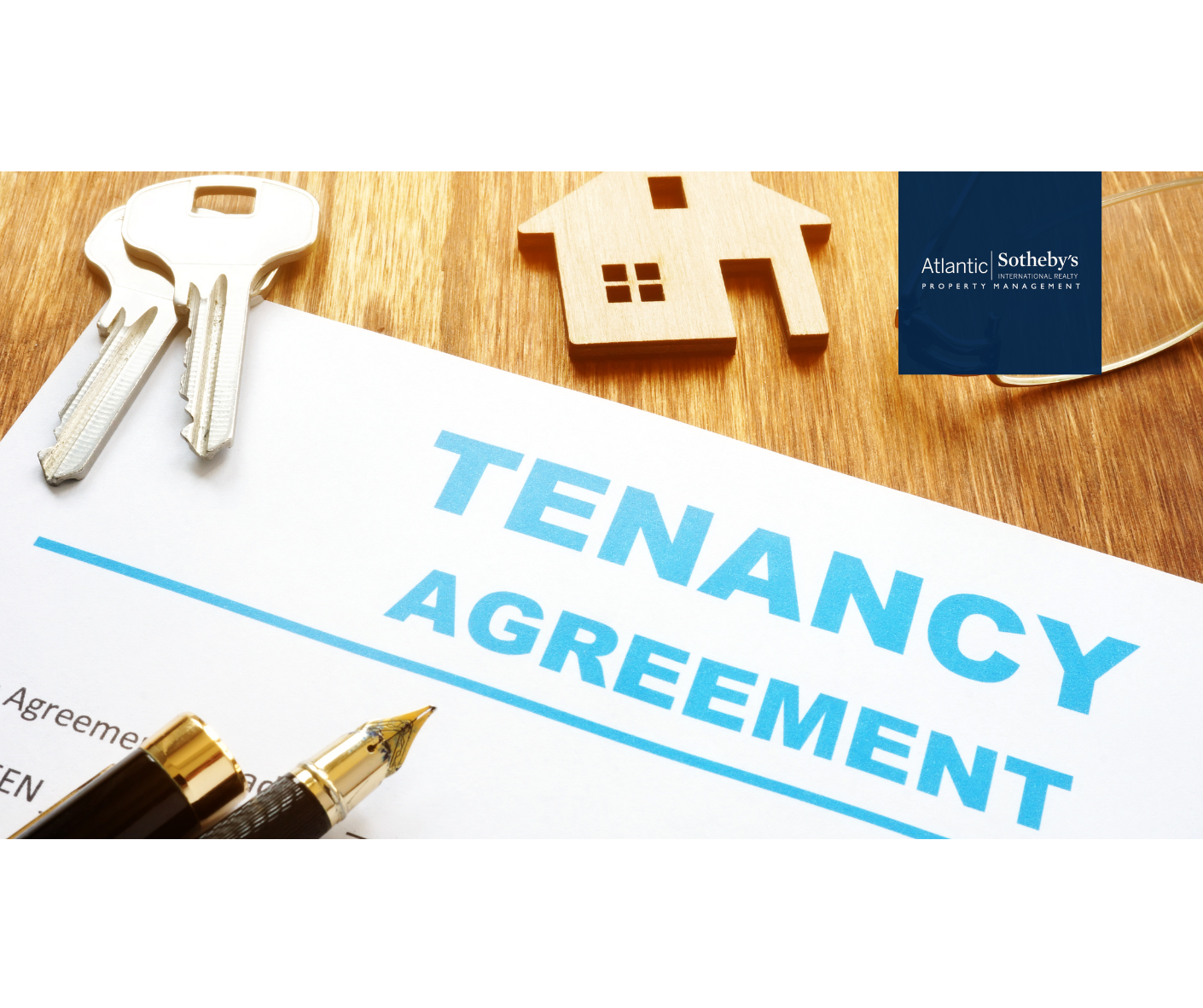If you’ve ever rented a home—or rented one out—you probably know that a lease agreement can either be your best friend or your worst enemy. At its best, a clear lease sets the tone for a smooth, respectful relationship between landlord and tenant. At its worst, unclear terms can lead to awkward conversations, misunderstandings, and in some cases, full-on legal battles. That’s why having a solid, well-written lease agreement isn’t just a formality—it’s essential.
So let’s break it down. A lease agreement is a legally binding contract between a landlord and a tenant. It outlines the responsibilities, expectations, and rules for both sides. This includes things like the monthly rent and when it’s due, the amount of the security deposit, how long the lease lasts, who handles repairs, and what’s allowed on the property—like pets, smoking, or subletting. It’s kind of like the "terms and conditions" that people often skim over, but in this case, it’s absolutely worth reading line by line.
The most important thing about a lease agreement is clarity. People tend to interpret things differently, and our memories can fade or get fuzzy over time. Without clear language in place, it’s easy to end up with two very different versions of “what was said.” Maybe a landlord remembers agreeing to no pets, while the tenant is convinced they got the okay for a small dog. If it’s not clearly stated in the lease, it becomes a game of “he said, she said,” which benefits no one.
A clearly written lease helps protect everyone involved. It’s not just about covering the landlord’s bases. Tenants are equally protected by a lease that spells out rent amounts, notice periods, rules about rent increases, and who’s responsible for what. That mutual protection is what builds trust and keeps relationships civil and professional. And let’s be honest—if things ever do go south and the situation ends up in court, a clear lease can be your saving grace. Judges and mediators rely on written agreements, not memories or good intentions.
Now, let’s talk about where leases often go wrong. One common issue is vague language. Phrases like “tenant is responsible for repairs” can be confusing. Does that mean they need to fix a broken faucet? Replace a busted water heater? Some of that may not even be legal in Virginia. It’s much better to be specific—like stating that tenants handle minor repairs under a certain dollar amount while the landlord takes care of larger maintenance needs having to do with habitability. Ambiguity can also sneak into rent policies. If the lease says rent is due on the first but doesn’t mention what happens if it’s late, it leaves the door open for conflict. Including details about grace periods, acceptable payment methods, and any late fees helps eliminate confusion.
Pet policies are another hot spot for miscommunication. Simply saying “no pets” isn’t always enough. What about emotional support animals? What if a tenant pet-sits for a friend’s dog over the weekend? And if pets are allowed, are there breed restrictions, pet deposits, or extra rent involved? Spell it all out. The same goes for maintenance and property access. Tenants should know how to report a problem and when they can expect it to be addressed, and landlords should be clear about when and how they’ll enter the property for repairs or inspections. Everyone needs to know the process ahead of time so there are no surprises later.
So what happens when the lease is done right? A clear agreement brings peace of mind. Everyone knows where they stand, what’s expected, and what happens if things change. It signals professionalism and care, whether you’re managing one property or twenty. For tenants, it shows that the landlord respects their rights and has put real thought into making the rental experience fair. For landlords, it sets the tone that this is a business, not a casual arrangement.
When the lease covers all the bases, there are fewer conflicts. Most issues between landlords and tenants come from unmet expectations or miscommunication. A solid lease agreement reduces the risk of those moments because you can always go back and reference it together. Instead of arguing or guessing, you can say, “Let’s take a look at what we agreed to.” It also makes communication smoother, taking the emotion and stress out of difficult conversations.
If you’re drafting or revising a lease, it helps to use simple, direct language. You don’t need to sound like a lawyer. In fact, the best leases are the ones anyone can read and understand without a legal dictionary. Don’t be afraid to be thorough—it’s better to over-explain than to leave something open to interpretation. Templates are a great starting point, but every lease should be customized to reflect your specific property, your policies, and your state’s laws. Once it’s written, take the time to review it with your tenant before signing. Go through it together, answer questions, and clarify anything that’s unclear. And don’t forget to revisit your lease regularly. As laws change or your approach to property management evolves, your lease should evolve too.
At the end of the day, clarity is kindness. A clear lease isn’t just about protecting yourself legally—it’s about being fair, respectful, and professional. It sets everyone up for success, minimizes stress, and keeps your rental relationships running smoothly. Whether you’re the one handing over the keys or the one receiving them, taking the time to get things in writing—and get them right—is always worth it.


 (1920 x 1005 px).png)